A Sneak Peek into Agile April
In today’s fast-paced environment, projects often face changing requirements and evolving priorities. This is where the Agile framework comes into play. In last month’s blog, we explored the historical roots of Agile. Agile methodologies are iterative and incremental approaches to software development, prioritizing flexibility, collaboration, and customer feedback over rigid planning and documentation. They aim to deliver high-quality working software in a more efficient and adaptable manner compared to traditional Waterfall methods. Let's delve into some of the key Agile frameworks that have revolutionized modern project management.
In this blog, we will explore a few Agile frameworks including Scrum, SAFe (Scaled Agile Framework), Kanban, and Extreme Programming (XP). Our goal is to provide an overview of each, with deeper dives to come. Understanding different Agile frameworks enables project managers and teams to select the most suitable approach for their specific project requirements. With knowledge of these frameworks, teams can quickly adapt to change, enhance collaboration, and deliver value to stakeholders more effectively.
Scrum, SAFe, Kanban, and XP are pivotal Agile frameworks in modern project management. Scrum, characterized by its iterative Sprints, suits small, cross-functional teams handling complex projects. SAFe offers enterprise-scale agility through structured frameworks, aligning Agile practices across large organizations. Kanban optimizes workflow and promotes continuous improvement, ideal for service-oriented or support teams. XP prioritizes software development craftsmanship and customer satisfaction through rigorous engineering practices, recommended for projects requiring rapid feedback and high-quality code.
Across the spectrum of Agile frameworks, a common thread emerges; a steadfast commitment to adaptability in the face of evolving requirements and customer demands. These approaches champion iterative development, fostering collaboration with customers, and perpetually striving for improvement. While they share these fundamental principles, nuanced differences abound, particularly in team structure, planning, and implementation approaches. Some exhibit greater scalability or suitability for specific project contexts, presenting organizations with a spectrum of options tailored to their unique needs and objectives.
Different Agile frameworks have become essential tools in modern project management due to their emphasis on flexibility, collaboration, and delivering value to stakeholders. Understanding the nuances of these approaches enables you and your teams to select the most appropriate approach for your specific project context. Each one offers unique principles, practices, and frameworks that can be tailored to suit the needs and dynamics of different projects and teams. We encourage exploration of various Agile methodologies and adaptation according to project requirements, team size, organizational culture, and other contextual factors. Agile is not just a set of frameworks but a mindset that promotes continuous improvement. Keep up with us this month as we continue to unfold and dive deeper into the Agile world!
